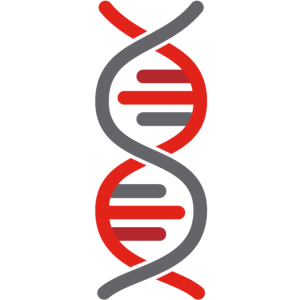7.12 Knowledge Check
Reflective Practice
- Do you keep a journal? One way to combat negative bias is to keep a “gratitude and accomplishment” journal. What accomplishments could you list in that journal? What are you grateful for?
- Are you a self-directed learner? What can you do to take control of your own learning?
- Preference, culture, and personality impacts our learning. How might they also impact your career in healthcare?
This chapter identifies how being a motivated learner can empower you to make informed choices about your own learning. Throughout the chapter, you were introduced to ideas, research, and popular models on learning and given examples of how to use each of these as an effective part of your own learning experience.
- In college, you are responsible for your own learning, whether you are learning in a face-to-face classroom, online, or in a blended environment.
- Learning at college and in the workplace goes beyond the memorization of facts.
- Successful learners understand your subject materials so that you can think about it in meaningful ways and apply it to new situations.
- Reflecting on all the things that influence your ability to learn will help you identify strategies to maximize your learning potential and help you achieve academic and workplace goals.
- There are a variety of challenges that face learners and many supports to help you achieve your goals starting with your professor.
- Identifying partners in learning at Fanshawe College will help you develop a support network to help you meet your unique learning needs.
 Applying Your Knowledge
Applying Your Knowledge
“2.11 Key Takeaways” from Fanshawe SOAR by Kristen Cavanagh is licensed under a Creative Commons Attribution-NonCommercial-ShareAlike 4.0 International License, except where otherwise noted.
A learning preference in which an individual learns better by listening. Part of the VARK approach to learning preferences.
Refers to a course structure in which students will spend some hours in a classroom with a professor and classmates, but are also expected to take part in online activities outside of class time.
The skill of applying a method to a problem, often not seen before, to obtain a satisfactory solution.
An acronym that stands for complex problem solving, resilience, social intelligence, implementation, global citizenship, novel and adaptive thinking and self-directed learning.
How we first perceive information through our senses - sight, hearing, taste, touch and smell.
The belief that abilities cannot be changed through learning.
The belief that abilities could change through learning.
Learn best by doing.
Refers to what a learners hopes to get out of learning.
Where the brain stores information in case we need to use it in the future.
A form of learning that does not always require deeper understanding.
Thinking about thinking.
Refers to a course structure in which students interact with the material, their instructor, and other students remotely via the Internet.
Refers to the way a student wants to appear to other students. For example, their primary psychological concern might be to appear intelligent to others.
A learning preference in which an individual learns better by reviewing, reading (and writing). Part of the VARK approach to learning preferences.
Refers to being able to retrieve an image, feeling, or information so we can do something with it. This is what we call remembering.
The ability to thrive while overcoming obstacles.
Apply independent learning strategies.
In these classrooms, the teacher is the central figure, and the students take direction about what to learn directly from the instructor.
A learning preference in which an individual learns best by seeing pictures, graphs, charts.

